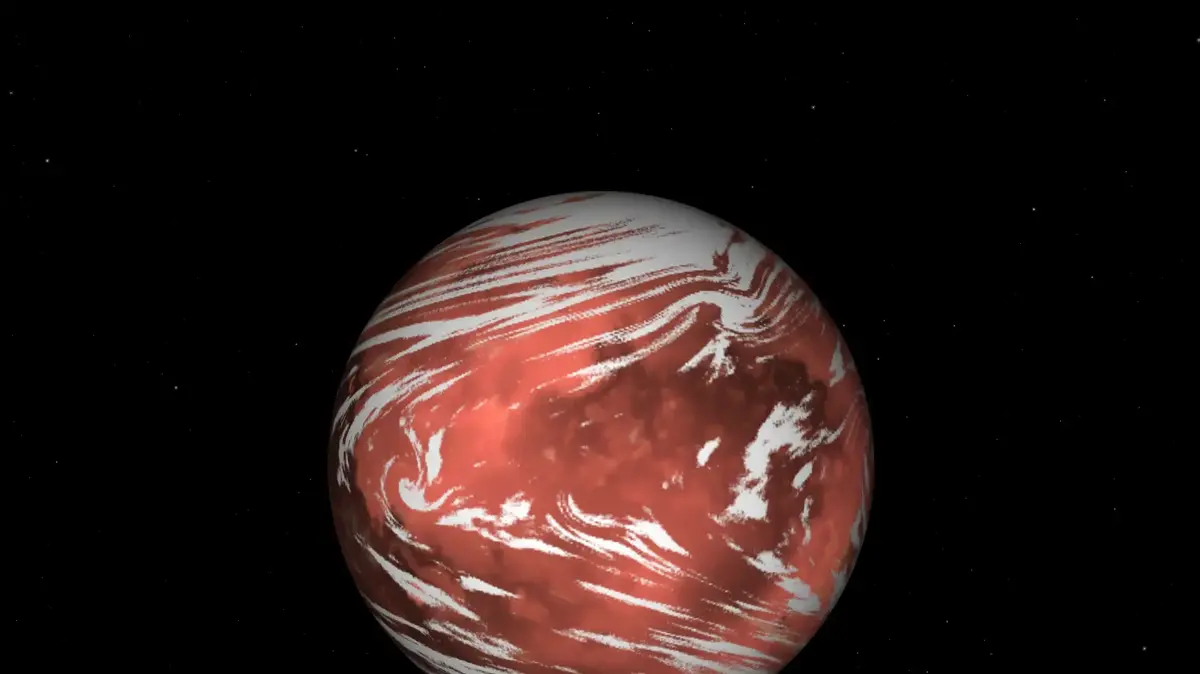Image of planet TOI-715 b/Official website, NASA
NASA has discovered a "super-Earth" 137 light-years away, which is in the habitable zone and could be a promising candidate for life. The extrasolar planet, called TOI-715 b, is 1.5 times larger than Earth and orbits a small, reddish star that can emit the temperature correct for the formation of liquid water on the surface - a key ingredient for supporting life.
An international team of scientists led by the University of Birmingham used an array of ground-based telescopes to pinpoint the exact location of TOI-715 b after data from the TESS space telescope hinted at its existence. Now, astronomers plan to analyze the properties and atmosphere of TOI-715 b to determine whether it could be a habitable planet.
Image of the planet TOI-715 b, next to the red dwarf/Official website, NASA
Extrasolar planets are worlds outside our solar system and have been studied since 2018 by instruments such as NASA's James Webb Space Telescope, allowing astronomers not only to discover new worlds but also to reveal some of their inner properties.
One of the unique features of TOI -715 b is its short orbit around its star, only about 19 days - the equivalent of one "year" on Earth. This means that one side of the planet always faces the Sun, which can cause extreme temperature differences between day and night and affect About the climate and weather.
Although this discovery is exciting, planets outside the solar system are not at all rare. NASA has discovered over 5,000 of them, and it is estimated that there are a trillion such planets in our Milky Way alone.
However, not all "super-Earths" are suitable for life, as some are too hot or completely covered in water or lava.
More on the same topic:
NASA
Earth

